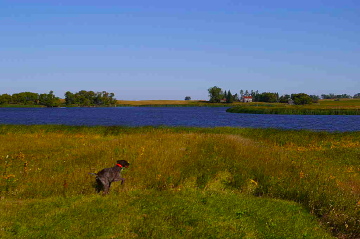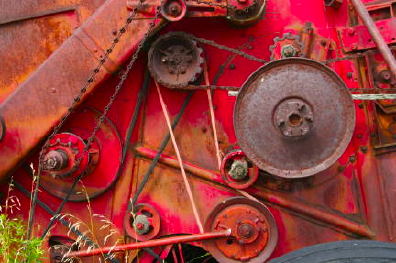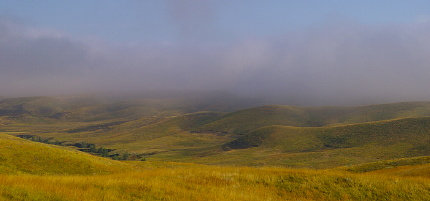She is evil because when I stopped by her office for a chat, she
forced me to look at four large cartons of books recently "weeded" from the university's literature and criticism shelves, forced me, I tell you, with the magic words, "They're free. Take as many as you want."
Many (not all) were by little-known writers and critics of the 1890s-1920s. I knew of George Moore, of course, and also recognized the seagoing novelist
William McFee, because I had been given one of his tramp-steamer novels,
In the First Watch (1946), as a kid. Here was a book of his magazine pieces,
Swallowing the Anchor (1925).
And the rest of my finds:
•
Pierre and His People: Tales of the Far North (1894) by a Canadian, Gilbert Parker, who turns out to have been a British propagandist,
working in secret to bring the United States into World War One.
•
Avowals (1919) by
George Moore, the Irish novelist and poet.
•
Light Freights (1901) by
W.W. Jacobs, best known for one of the most chilling short stories of all time, "The Monkey's Paw," but chiefly a writer of sea stories.
•
The Phantom Future (1897), by Henry Seton Merriman, which Wikipedia says was the
pen name of one Hugh Scott, a popular novelist at the turn of the last century.
One box also held a six-volume collection of the poems of
Algernon Swinburne, the
Decadent and somewhat small-p pagan poet of the Victorian era.
But someone had already spoken for them: the very Catholic Irish-American literature professor, a great admirer of
Cardinal Newman, etc. Given Swinburne's heretical and fairly erotic writing -- lots of sex and death -- you might say he was an original Goth -- is this a window into Professor X's secret kinky side?
Labels: Writing


